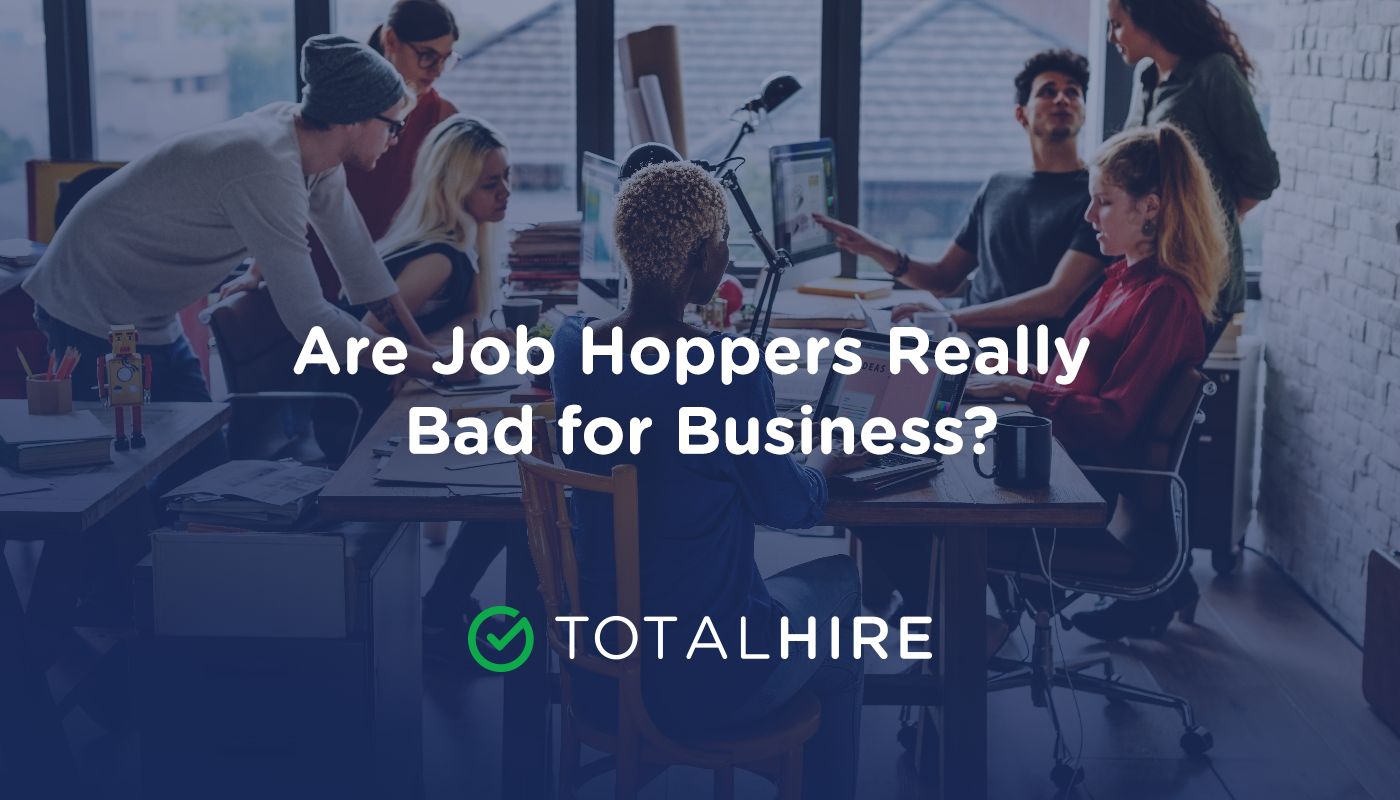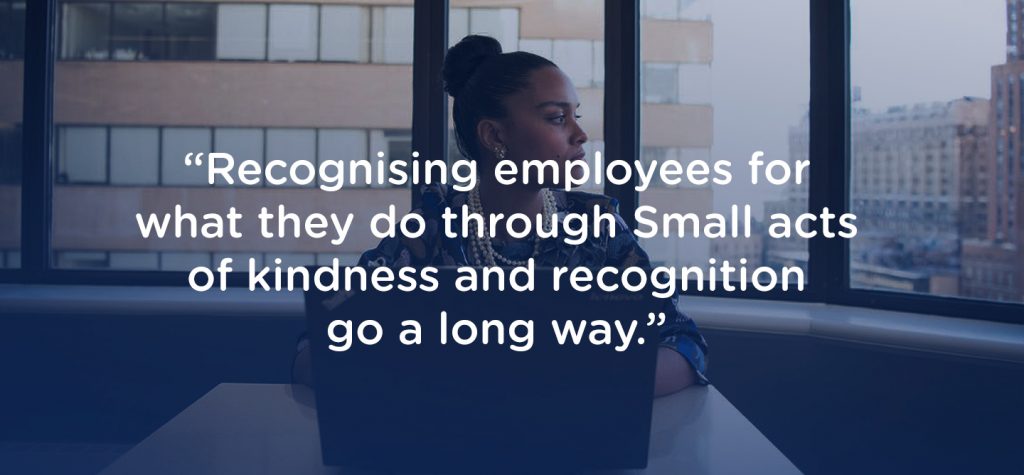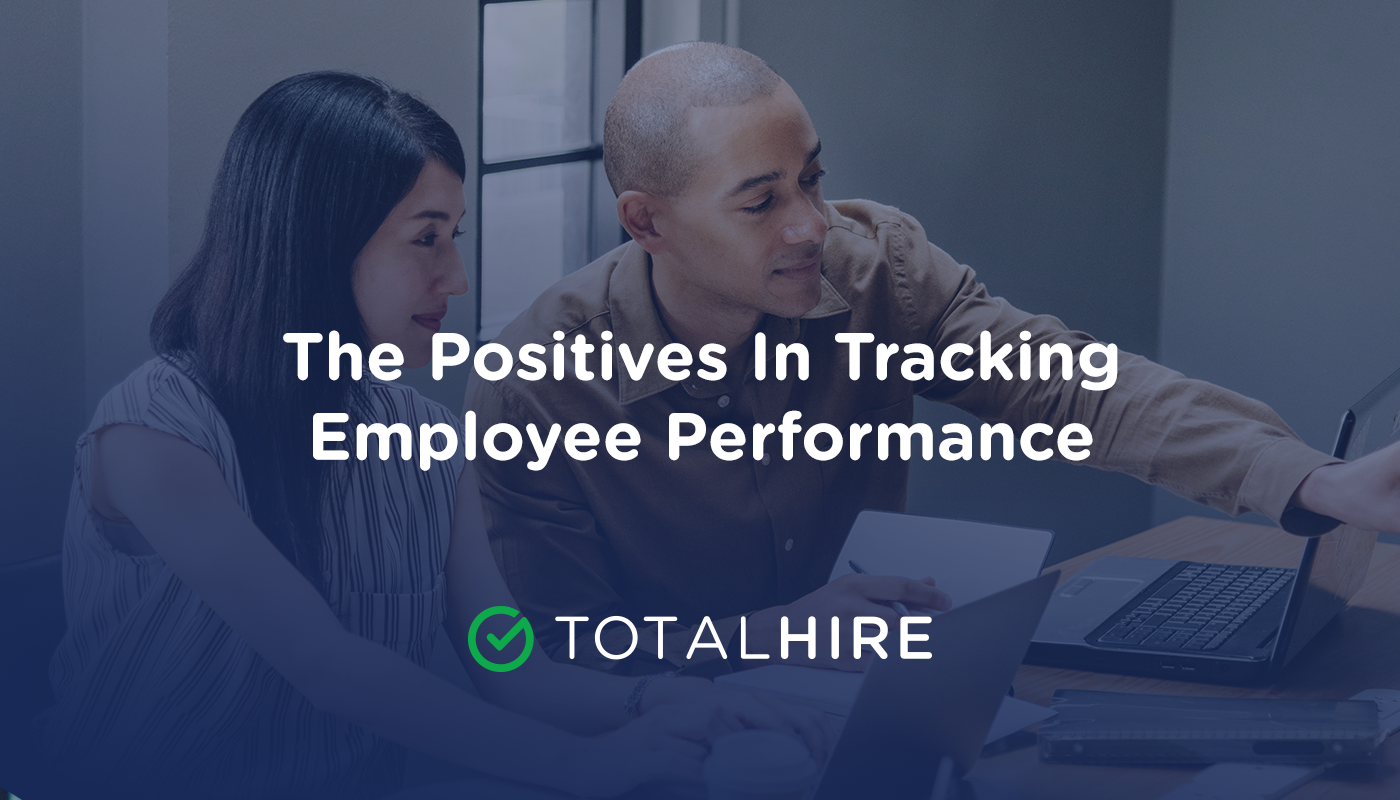Job hopping. This spritely term refers to when employees move between jobs frequently, rather than remaining at one position or within one company for a long time. So, one doesn’t necessarily have to leave an organization to be considered a job hopper: just the position for which they were hired.
While job hopping is on the rise, there is a widely held conception that the practice surmounts to career suicide for the employee and a serious waste of resources for the company.
But is this true?
Let’s find out. But first, let’s get a little background on the job hopping phenomenon.
Why Job Hopping is Increasing
Simply put, people — particularly younger generations — see rewards in changing positions often to get higher salaries and more benefits. A recent study found 63% of employees between the ages of 18 to 34 see job hopping as good, compared to 54% of talent between the ages 35 and 54 and 52%of those age 55 and older.
Job hoppers are not necessarily moving between positions because they’re indecisive or unmotivated. On the contrary, job hoppers are often extremely driven, know their goals and want to get there, fast. This impatience, however, can be a major turn-off for prospective employers.
The Weigh-In: Is Job Hopping Good or Bad?
Job hopping is like eating black licorice: a little bit is good, but too much and you’ll end up in the toilet. This applies whether you are a job hopper or are hiring one. You want motivation. You want passion and drive. But you don’t want to be an employee or hire an employee who is looking for a quick fix and is easily distracted by the prospect of a brighter, shiner job.

While 57% of professionals polled in Canada think that job hopping may be beneficial (a 14% increase from a survey conducted a few years before), 59% of CFOs reported they were unlikely to hire prospects with a history of job hopping. The reason? They didn’t want to lose them in the future.
In the end, stable businesses are built on hiring discerning, hardworking people; those who want to work and be rewarded for that work, but who also understand not all that glitters is gold. These are most often the people HR departments want to hire — and it makes sense. Hiring and training new recruits is a time consuming and expensive process.
The Take-Away
Job hopping can have its benefits for employees, but has relatively few from an HR perspective. Even for employees, the perks of job hopping are short-term: one may be hired for a better paying position with more benefits, but if the pattern of hopping continues, they are unlikely to be hired at all.

HR Solution: What to Do About Job Hopping
Prioritize employee retention. Make a plan to increase employee engagement. Employee engagement nurtures feelings of loyalty and emotional investment in a position, and employees are less likely to be tempted away where and when they feel they are truly valued and needed. Also, implement a solid rewards program to show your talent you’re grateful. Last but not least, hire the right people for them in the first place. A lot of job hopping boils down to poor candidate selection: the person you hired for the job was not the best person for the job. Enlist the help of Total Hire’s ATS hiring solutions and streamline and simplify the hiring process.








